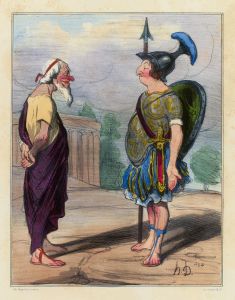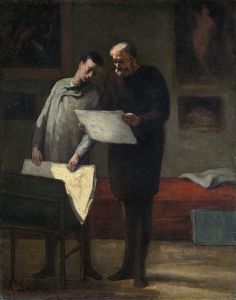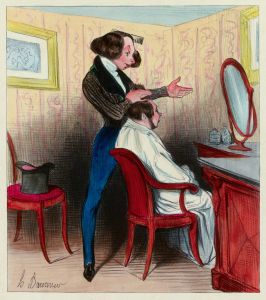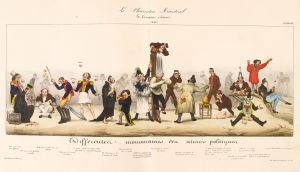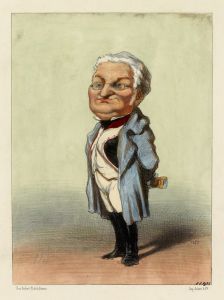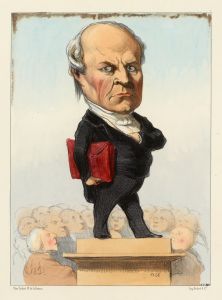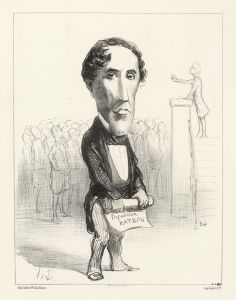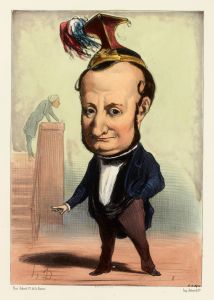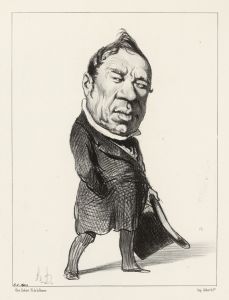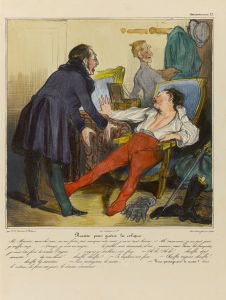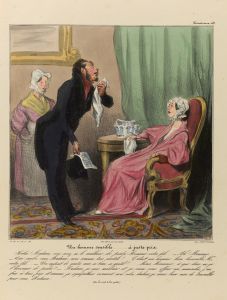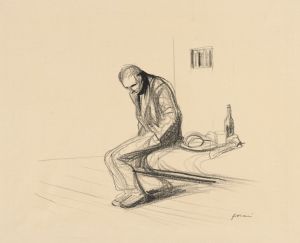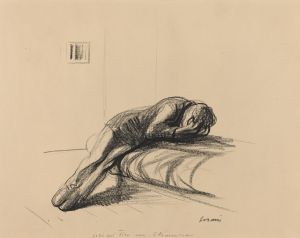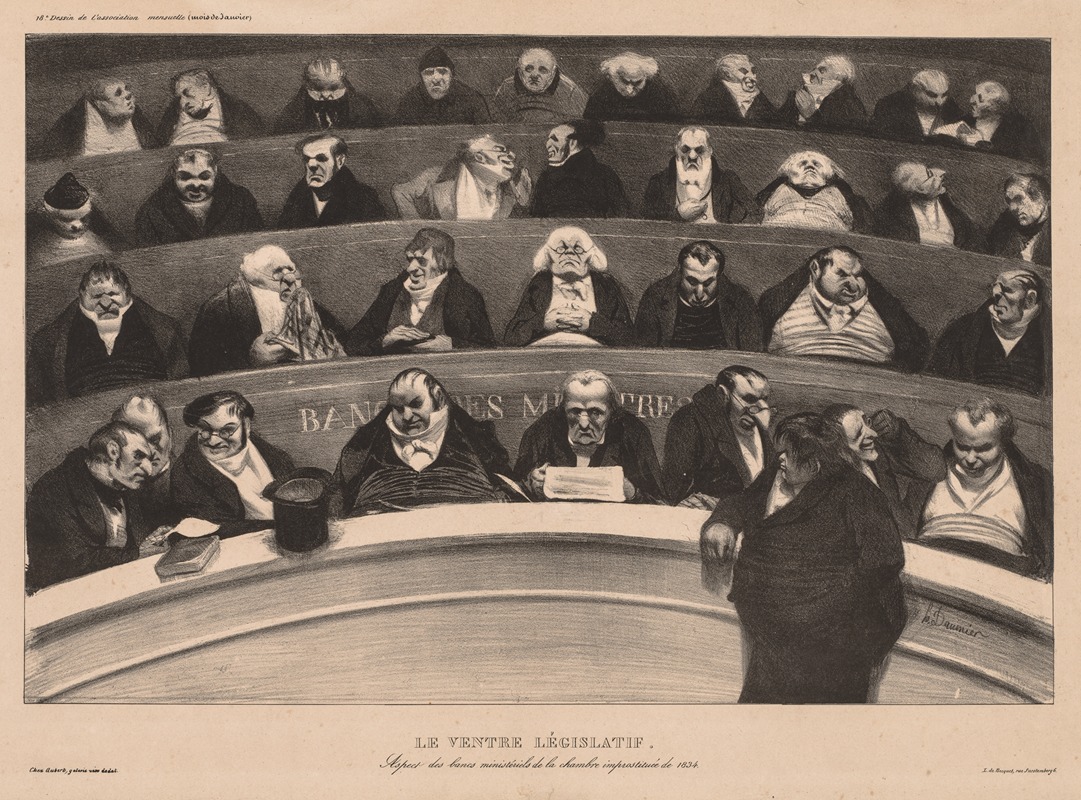
The Legislative Belly
A hand-painted replica of Honoré Daumier’s masterpiece The Legislative Belly, meticulously crafted by professional artists to capture the true essence of the original. Each piece is created with museum-quality canvas and rare mineral pigments, carefully painted by experienced artists with delicate brushstrokes and rich, layered colors to perfectly recreate the texture of the original artwork. Unlike machine-printed reproductions, this hand-painted version brings the painting to life, infused with the artist’s emotions and skill in every stroke. Whether for personal collection or home decoration, it instantly elevates the artistic atmosphere of any space.
"The Legislative Belly" is a satirical lithograph created by the French artist Honoré Daumier in 1834. Daumier, renowned for his sharp political and social commentary, produced this work as part of his series of caricatures targeting the French government and its officials during the July Monarchy (1830–1848). The lithograph was published in the satirical newspaper La Caricature, a platform that frequently featured Daumier's works criticizing the political elite of the time.
The artwork depicts a group of corpulent and complacent legislators seated in the French Chamber of Deputies. Their exaggerated physical features, such as bloated bellies and smug expressions, symbolize greed, corruption, and self-indulgence. Daumier's caricature style was instrumental in conveying his disdain for the perceived moral and ethical failings of the ruling class. The figures in the lithograph are not generic but are believed to represent specific deputies of the period, although Daumier's approach often blended individual traits with archetypal exaggeration to emphasize broader criticisms.
This lithograph was created during a period of significant political tension in France. The July Monarchy, established after the July Revolution of 1830, was led by King Louis-Philippe I. While initially seen as a more liberal alternative to the Bourbon monarchy, the regime soon faced criticism for its perceived favoritism toward the bourgeoisie and neglect of the working class. Daumier's works, including "The Legislative Belly," reflect the growing dissatisfaction among many segments of society with the political establishment.
Daumier's satirical art often provoked strong reactions from the authorities. In 1832, two years before creating "The Legislative Belly," he was imprisoned for six months for another politically charged lithograph, "Gargantua," which depicted King Louis-Philippe as a gluttonous giant consuming the wealth of the people. Despite such risks, Daumier continued to produce works that challenged the status quo and highlighted social and political injustices.
"The Legislative Belly" remains a significant example of 19th-century political satire and is celebrated for its bold critique of power and privilege. Today, it is often studied as part of Daumier's broader body of work, which includes paintings, sculptures, and thousands of lithographs. His art provides valuable insight into the political and social climate of France during the July Monarchy and continues to resonate as a powerful example of the role of satire in art and activism.






